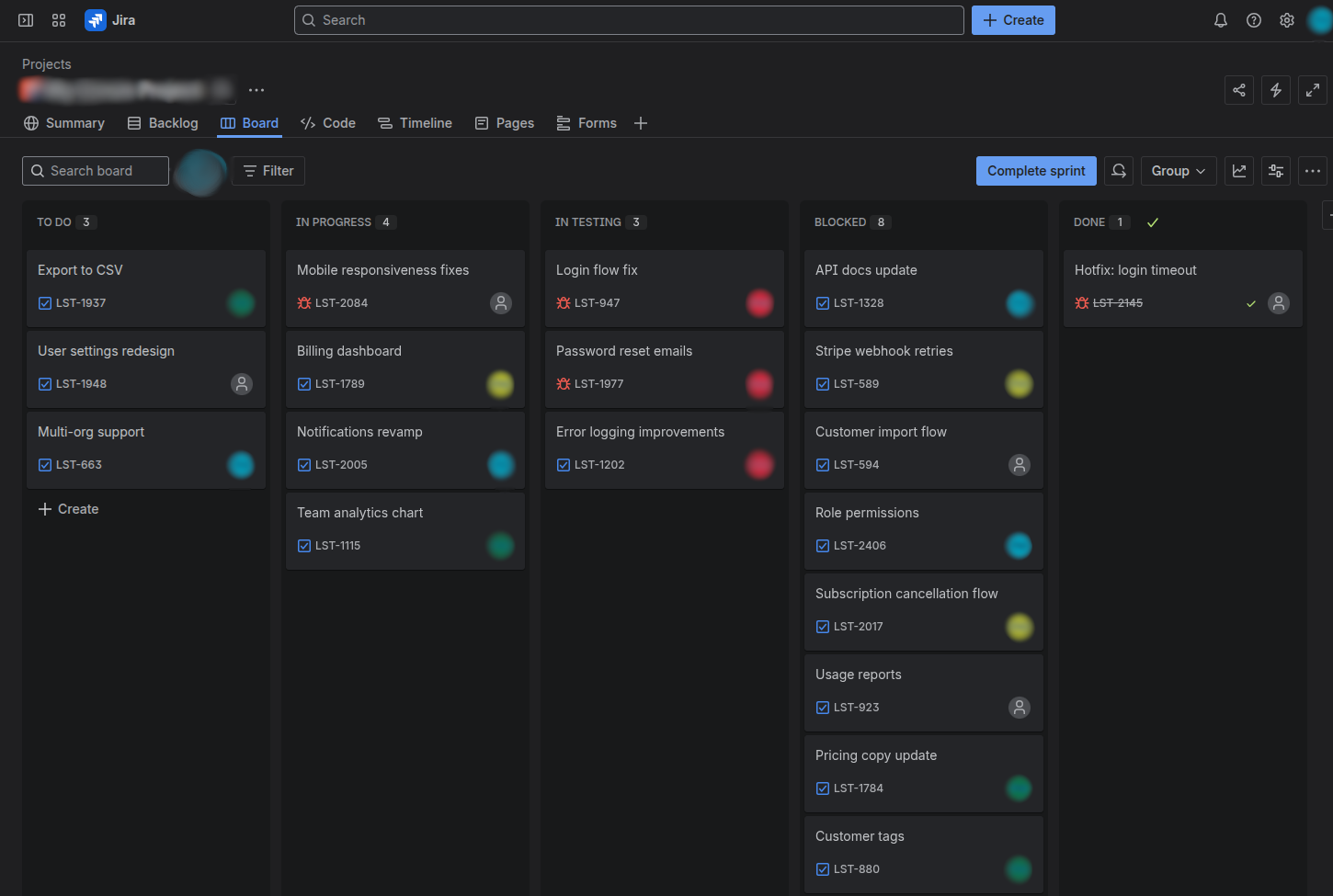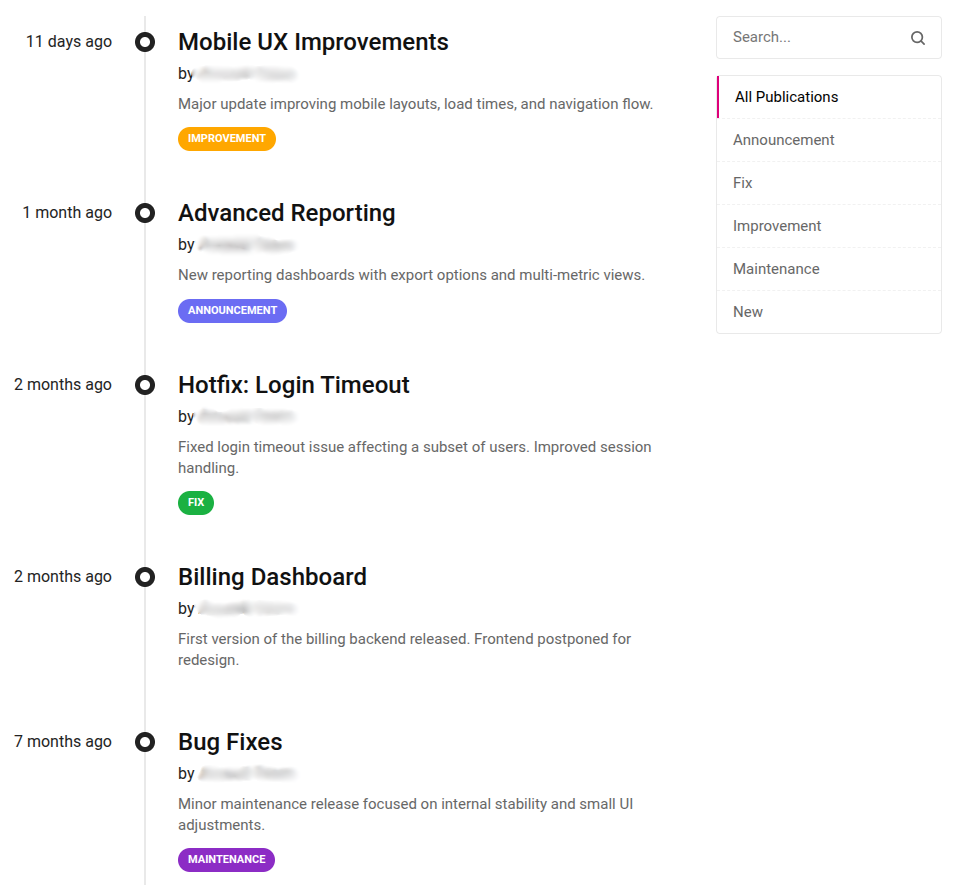When the Roadmap Was Full and the Changelog Empty
From Stalled Roadmap to Closed Round
The team had investor interest but no progress to show. The changelog was empty, and every pitch ended with the same question: “What have you shipped lately?”
We helped them turn scattered effort into shipped releases in two months. Work started crossing the finish line again, and the raise that had stalled finally moved forward.
When the Round Looked Ready but the Product Wasn’t
They were mid-raise, pitching their Series A. Investor interest was real, but progress had slowed.
The product worked and traction was solid. Enough to draw investor attention, but not to keep it.
Investors kept coming back to the same issue: nothing new was shipping. The changelog was quiet, and confidence was starting to slip.
Each week that passed made the raise harder to move forward.
When Nothing Made It to the Finish Line
Work was happening everywhere, but nothing finished. Tickets piled up half done, and every feature stretched across months.

Before intervention. Multiple planned releases remained unfinished, with months between shipped versions.
From the outside, it looked like a capacity problem. The instinct was to grow the team. More engineers joined, yet velocity did not change.
Each new hire only made priorities blur further. Everyone was busy, but nothing shipped.

Work scattered across stages. Most tasks sat blocked or half done, with almost nothing reaching Done.
The changelog stayed silent, investors noticed, and the raise that was already slowing down began to stall completely.
Finding What Was Really Missing
The team thought the problem was capacity. Everyone was busy, so adding more people felt like the fix. But more hands only spread work thinner.
We saw something different. The real issue wasn’t effort or headcount, it was direction. With no one owning the roadmap, priorities shifted weekly and nothing crossed the finish line.
Our approach was simple: restore ownership before adding anything else. The team needed a single point of focus, a rhythm to align around, and to finally be in a position to get things across the finish line.
Making Ownership Real
Ownership technically existed, but only as a side job. A sales rep was filling in as Product Owner, and product work always came second to sales.
We made it clear that ownership couldn’t be part-time. The team needed someone whose full job was to steer the roadmap and keep work moving.
Once a dedicated Product Owner was in place, we worked alongside them to set up what had been missing. Together we defined a clear roadmap, turned the backlog into a source of truth, and set a delivery rhythm the team could rely on.

Once ownership became real, work finally flowed through the roadmap in sequence.
Each week, priorities held and work started crossing the finish line again. The changelog that had been silent for months finally showed signs of life.
When Progress Finally Started
Two months after making ownership real, the changelog started moving for the first time. Shipping found a steady rhythm, and features that had sat half done for months were finally live.

Two months later, the changelog came alive with consistent releases and visible progress.
Investors noticed. The same conversations that once stalled on missing progress turned into discussions about growth and what came next.
With consistent delivery came credibility, and the raise that had been stuck finally moved forward.
Momentum Starts With Ownership
Progress doesn’t stall because people stop working. It stalls when no one truly owns what matters most.
Once ownership became real, effort turned into progress and momentum started for the first time.
If your team is busy but nothing’s crossing the finish line, it’s not a capacity problem. It’s an ownership problem.
Ready to get things moving? Let’s talk.
Get Your Free MVP Rescue CallFree MVP Rescue